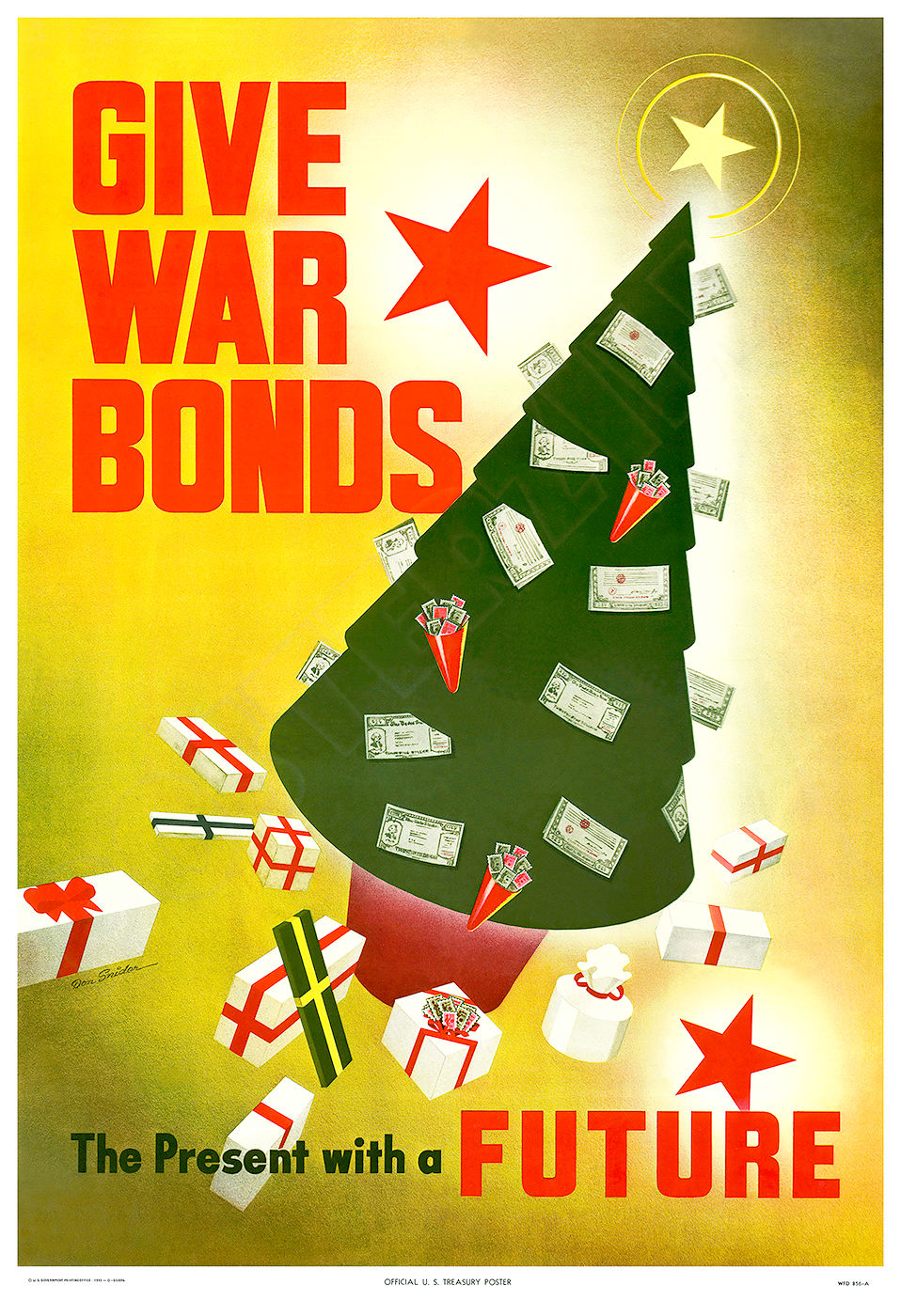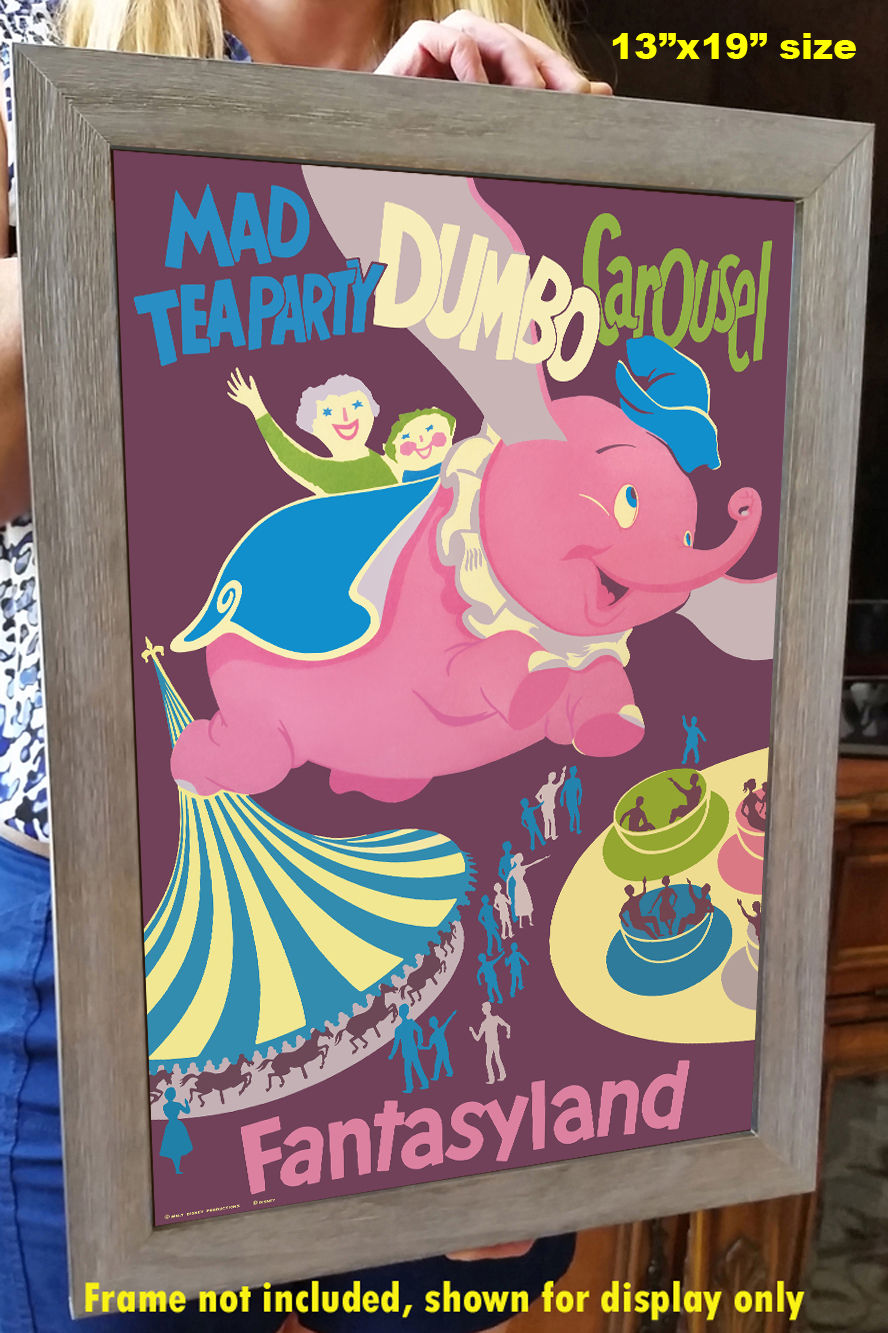This beautiful reproduction poster has been re-mastered from an original 1968 advertising program for the 1968 Riverside Motor Trend 500 race at the Riverside International Speedway, in Riverside, California. This program features Parnelli Jones, who won this race in 1967.
The vibrant colors and detail of this classic image have been painstakingly brought back to life to preserve a great piece of history.
The high-resolution image is printed on heavy archival photo paper, on a large-format, professional giclée process printer. The poster is shipped in a rigid cardboard tube, and is ready for framing.
The 13"x19" and 18”x24” formats are excellent image sizes that look great as a stand-alone piece of art, or as a grouped visual statement. These posters require no cutting, trimming, or custom framing, and a wide variety of these frames are readily available at your local craft or hobby retailer, and online. The 18"x24" size has a 1" white border.
A great vintage print for your home, shop, or business!
HISTORY OF THE RIVERSIDE INTERNATIONAL RACEWAY
Riverside International Raceway (sometimes known as Riverside, RIR, or Riverside Raceway) was a motorsports race track and road course in the Moreno Valley area, a suburb just east of Riverside, California. Riverside was a hot, dusty place. It was at times, also a dangerous place, yet it is remembered with affection by drivers and fans alike, as the home of road racing in southern California. It was also considered one of USA's finest tracks. The track was in operation from September 22, 1957, to July 2, 1989, with the last race, The Budweiser 400, won by Rusty Wallace, held in 1988. After that final race, a shortened version of the circuit was kept open for car clubs and special events until 1989.
HISTORY
In the beginning it was originally called The Riverside International Motor Raceway. It was built in early 1957 by a company called West Coast Automotive Testing Corp. The head of West Coast Auto Testing was a man by the name of Rudy Cleye, from Los Angeles, who had previously raced in Europe. However, the building of the raceway met with funding difficulties early on and a businessman by the name of John Edgar provided a much needed cash bailout. This action prevented any halt in the track's construction.
The first weekend of scheduled races in September 1957, a California Sports Car Club event, John Lawrence of Pasadena, California, lost his life. Lawrence, a former Cal Club member, piloting a 1500 cc Production champion, went off at Turn 5 (later designated Turn 8). With no crash barrier in place, and no rollbar on the car, Lawrence's MGA went up the sand embankment, then rolled back onto the track. Though Lawrence survived the incident, and appeared only slightly injured, he died later at the hospital of a brain injury.
The track was known as a relatively dangerous course, with its long, downhill back straightaway and brake-destroying, relatively slow 180-degree Turn 9 at the end. During the 1965 Motor Trend 500 NASCAR race, Indycar great A. J. Foyt suffered a brake failure at the end of the straight, shot off the road and went end-over-end through the infield at high speed. Crash crews assumed Foyt was dead at the scene, until fellow driver Parnelli Jones noticed a twitch of movement. Ford factory sports car driver Ken Miles was killed there in a testing accident in August 1966 when his Ford sports car prototype (known as the J-car) became aerodynamically unstable and flew out of control at the end of the back straight.
In December 1968, American Formula 5000 champion Dr. Lou Sell crashed and overturned in Turn 9 on the first lap of the Rex Mays 300 Indianapolis-style race, suffering near-fatal burns. In January 1967, Canadian driver Billy Foster crashed at Turn 9 during a practice-session just prior to the start of qualifying for the Motor Trend 500 NASCAR race. These accidents and others caused track management to reconfigure Turn 9, giving the turn a dogleg approach and a much wider radius (a water improvement also closed the raceway for a few months).
Of the entire road course races run at RIR, there was one that was run in a counter-clockwise direction, sometime around 1960. In 1966 Dan Gurney tested his first Eagle racing car on a shorter, counter-clockwise version of the track tailored specifically for his car's Indianapolis-specific left-turn oiling system. The test caused Gurney to ask track president Les Richter to hold an Indianapolis-style race there. From 1967 to 1969 the Rex Mays 300 served as the season-ending USAC Indianapolis-car race.
After 14 years of NASCAR as a driver and later a car owner, Richard Childress won his first NASCAR race in 1983, when Ricky Rudd drove his #3 Piedmont Airlines Chevrolet to victory in the 1983 Budweiser 400k.
From 1981 until 1987, NASCAR's championship race was at Riverside. The USAC Championship Trail also held their season ending race from 1967 to 1969.
Riverside was home to track announcer Sandy Reed and (along with former LA Rams player Les Richter) Roy Hord Jr.
NASCAR Team owners Roger Penske and Rick Hendrick drove a select few races at Riverside in their own cars. Penske won a Winston West race in 1963, while in the final race in 1988, Hendrick got out of the car and let Elliott Forbes-Robinson take over.
The Winston Western 500 came to be known as the signature event at the track. Initially (1963-1981) this race was held in January as the Winston Cup Series season opener, but beginning in 1982, NASCAR elected to start the season with the Daytona 500. From 1981-1987 the Winston Western 500 was held in November as the final race of the season. As of 2019, 1981 is the only year in NASCAR history that Riverside held 3 Cup Series events in a single season (the season opener, The season's halfway point, and the season finale). The reason why Riverside was the season finale for 1981 was because Ontario Motor Speedway closed after the season ended in 1980.
Riverside also hosted drag racing events. Between 1961 and 1969, the Hot Rod Magazine Championship Drag Races, "one of the most significant drag racing events" of that era, were held at RIR. The championship offered a US$37,000 prize, greater even than a National Hot Rod Association national event prize at the time.
top of page
$19.95Price
Color: Multi
These are simply the best posters available! You will be thrilled with the image quality, vivid colors, fine paper, and unique subjects.
Our posters are sized for standard off-the-shelf frames, with no custom framing required, providing huge cost savings!
Related Products
bottom of page
































